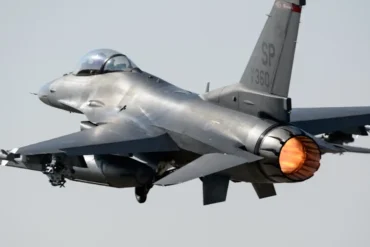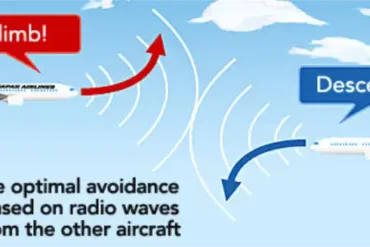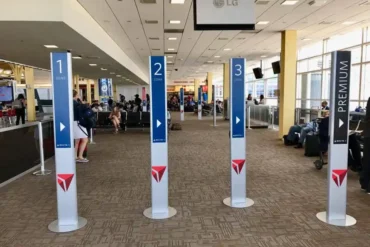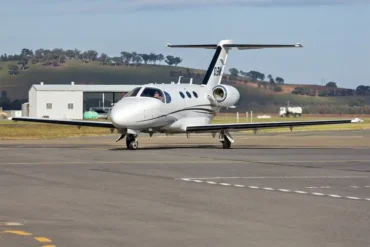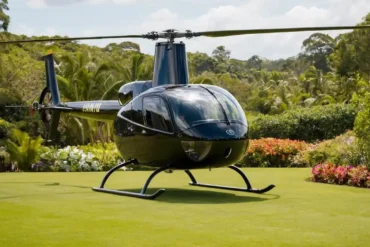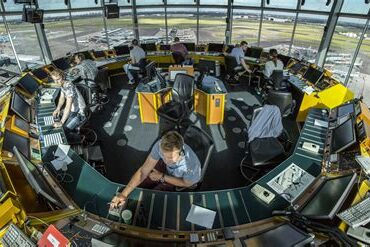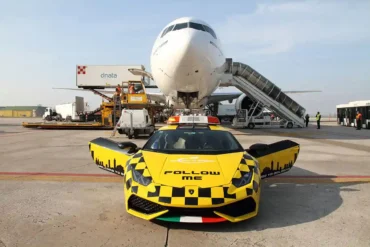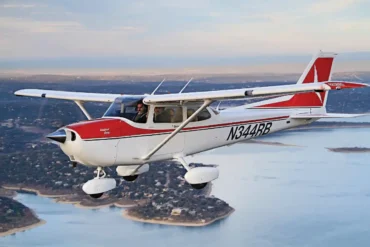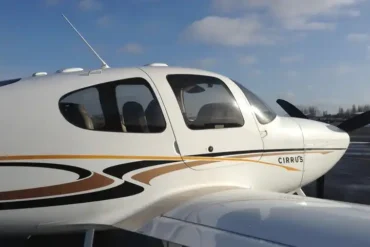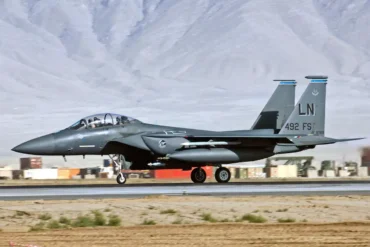When winter comes around, and you see snow, sleet, or freezing rain out the airplane’s window, it often makes people worry about potential flight delays. But experienced travelers know that soon a bright spray of special fluid will cover the airplane, ensuring smooth journeys even with bad weather.
This important process is called airplane deicing. It’s done at airports worldwide for at least 9 months every year, since winter is always happening somewhere on Earth. Ground crews and airports know the dangers of ice building up on airplanes. It can really impact safe travel. All airplanes must take off with perfect conditions. So crews have to completely remove any extra stuff from the body and wings. Layers of ice on wings, as thick as coarse sandpaper, can reduce wing lift by up to 30% and increase drag by 40%. Making sure airports operate safely in winter falls to airplane deicers and the hardworking crews using them. This article explains how airplane deicers work and how ground crews use them to ensure military, cargo, and commercial planes are safe. This keeps winter travel running smoothly to favorite destinations.
What’s Used to Deice Airplanes?
When bad weather means it’s time to deice a plane, airlines rely on the right equipment and skilled ground crew to do it. Airplane deicers come in different forms. Airplane deicing trucks and mobile airplane deicing carts are two common sights on runways. Also, smaller planes or certain parts of bigger planes can use portable, personal airplane deicers.
No matter the size, all airplane deicing gear must work flawlessly in icy conditions. Each one has a hose to spray airplane deicing chemicals onto the plane’s surface, usually at a 45-degree angle to avoid spraying straight down. If the equipment fails and ground crews can’t start deicing, flights might get canceled to stay safe with bad flying conditions.
Understanding Airplane Deicer Fluid
Airplane deicing chemicals, crucial for removing snow, ice, and slush from the body and wings, are called airplane deicer fluid. But what exactly makes up airplane deicer, and how does it work?
Airplane deicer fluid, or Type I fluid, is a blend of propylene glycol and water. The glycol is key to lowering water’s freezing point, acting as the solvent in this mixture. What’s fascinating about airplane deicing chemicals is their adjustable ratio based on the weather. The process is fully automated – airplane deicer trucks and carts use sensors to detect conditions outside and tweak the mixture accordingly. No matter the ratio, Type I airplane deicer fluid is always heated to about 140 to 150 degrees Fahrenheit. This heated fluid then sprays from the airplane deicer’s hoses, forcefully removing gunk and leaving a clear airplane surface. It’s good to know Type I fluid is quite slippery and less dense than anti-icing fluid.
Telling Airplane Deicer Fluid From Airplane Anti-icing Fluid
While airplane deicer fluid handles most situations, worsening weather and ongoing snowfall may need anti-icing fluid as an extra safety step. Called Type IV airplane deicing chemical, anti-icing fluid has a much higher glycol concentration than Type I airplane deicer fluid. This higher concentration gives it a freezing point well below 32 degrees Fahrenheit, preventing freezing and buildup of precipitation on the plane’s surface. Basically, anti-ice fluid can absorb water, stopping it from freezing and sticking to the wing. It also has an extra additive to increase viscosity, helping it adhere to the airplane’s surface as it speeds down the runway for takeoff.
During anti-icing, pilots choose to turn off outside airflow so the plane and passengers don’t breathe in any chemicals. While propylene glycol is the non-toxic standard, toxic ethylene glycol is sometimes used.
Decoding the Airplane Deicing Ritual
With deicing planes, the decision is solely up to the pilots. They determine if it’s needed and oversee the whole process, following strict FAA guidelines. These guidelines detail every part, from properly handling airplane deicer fluid to required paperwork after finishing. While we already covered a full explanation of airplane deicing procedures, let’s focus on the key points here.
Applying airplane deicer needs both speed and care, so most procedures happen right before takeoff once passengers are seated. Any wait between putting on airplane deicer fluid and takeoff risks re-icing, needing re-treatment. Called holdover time, this duration changes based on the deicing fluid ratio.
Typically starting at the front of the body, the airplane deicing sequence moves rearward to cover the wings. Once the wings have their protective coating, ground crews deice the back fuselage, then the vertical stabilizer, and finally the horizontal stabilizer.
After successfully finishing within the allotted holdover time, the flight crew gets clearance for takeoff, leaving the wintry mix behind.

